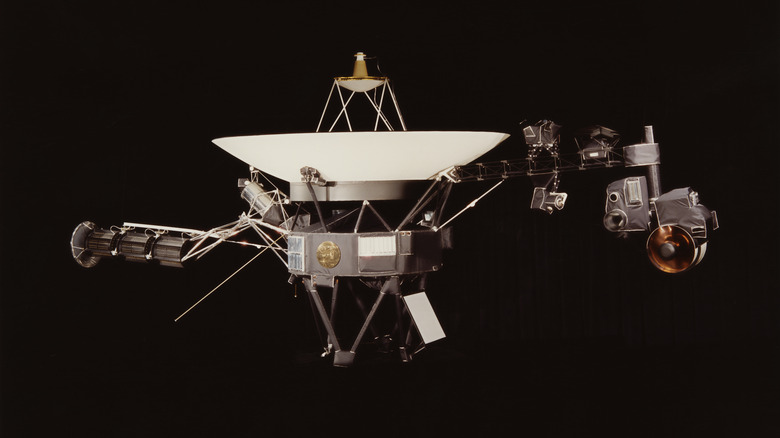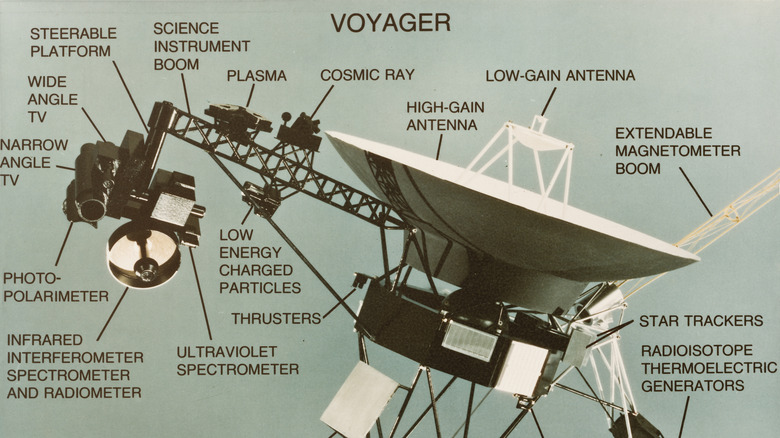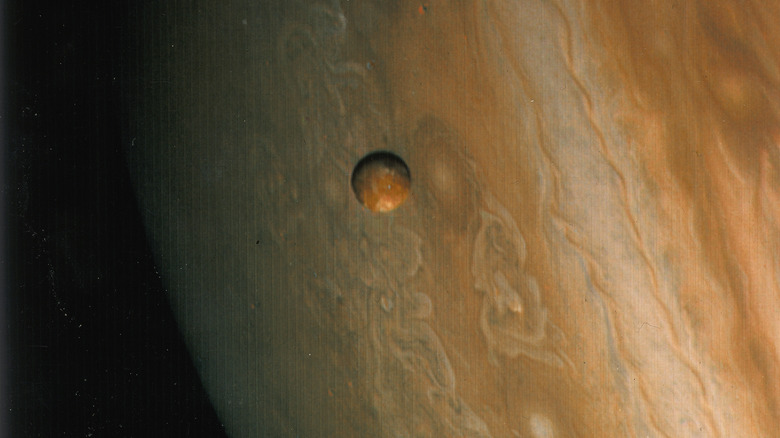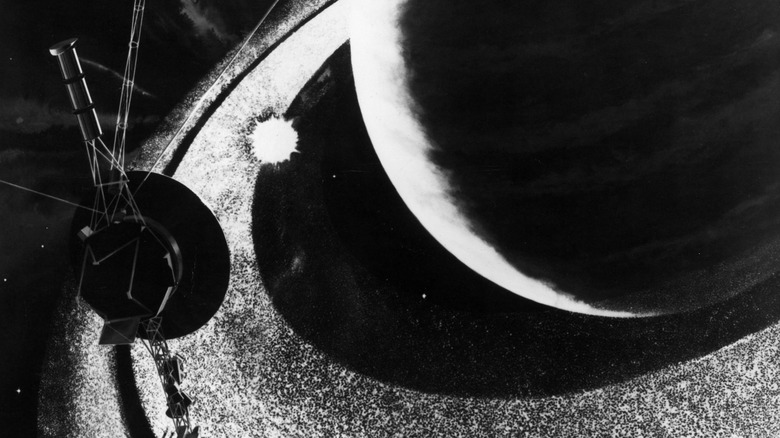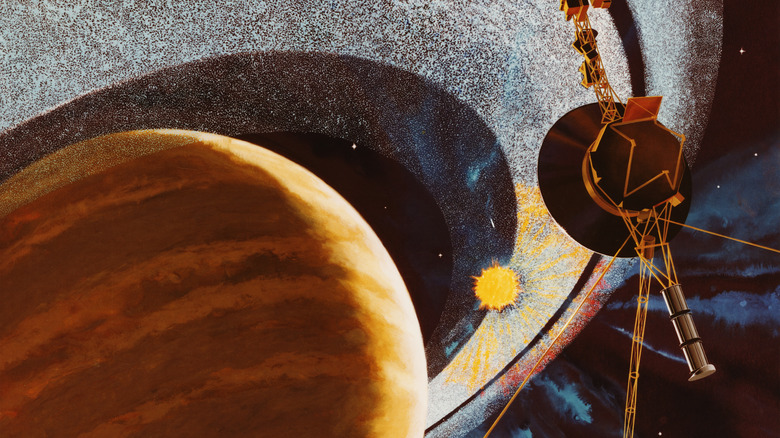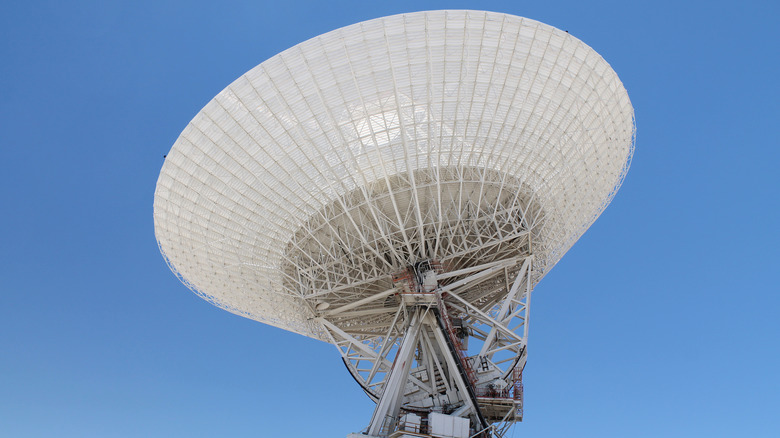A Look At NASA's Groundbreaking Voyager 1 Mission - And Where The Probe Is Heading Next
Agencies such as NASA are responsible for giving us a more detailed picture of space, literally in the case of technology such as the Hubble Space Telescope and the James Webb Space Telescope (utilizing the tiniest SSDs). The latter is currently orbiting the Sun one million miles from us, a fascinating case study in the way that we can bring the distant reaches of space (realms it's entirely unsafe and impractical for humans to venture to directly) to us.
Drones and similar machines, capable of exploring the most inhospitable environments imaginable, have been key to this. Humans have never been more than 248,655 miles into space (a feat achieved by Apollo 13 in 1970 on its journey 'around' the moon), but Voyager 1 has boldly gone far, far, far beyond that, offering us a privileged and unprecedented insight into the universe beyond our own.
This piece will explore the beginnings of the Voyager 1 project, its objectives, and how the mission has unfolded to date. It's also important to look at the future of Voyager 1 and where it's scheduled to go next.
The concept of Voyager 1
Jupiter and Saturn, the fifth- and sixth-furthest planets from the Sun, are approximately 601 million miles and one billion miles from the Earth respectively, at the furthest point in the planets' orbits. At their closest, these numbers shrink to a still-ludicrous 365 million miles and 746 million miles from our planet. With these being insurmountable journeys for even the most dedicated scientists, then, NASA needed an alternative way to get a closer look at these two gas giants.
Voyager 1, which set off on its journey on September 5, 1977, was designed with just that primary objective in mind: to reach both planets. A voyager in the truest sense of the word, it would gather remarkable information about those planets (and much more besides), and continue to provide such data for decades.
Voyager 1 was launched second, after Voyager 2, and is structurally just the same. The body of both probes consists largely of a 12-foot radio transmitter, and though they might look like rather humble craft, measuring at 28.2 feet long, these revolutionary probes have done some extraordinary work. Here's how it reached the first stop on its originally-planned adventure, Jupiter, and what it was able to learn on doing so.
When Voyager 1 reached Jupiter
Monstrously large and difficult to miss as Jupiter may be, it wasn't until Voyager 1 that scientists were given an opportunity to study it up close and in painstaking detail, marking technological strides beyond Pioneer 10 and 11's own journeys earlier in the decade. The sheer length of the journey from Earth meant that it took the probe, capable of reaching speeds of more than 38,000 mph, almost a year and a half after launch to get within range to begin documenting the planet-gobbling gas giant.
From January to April 1979, Voyager's suite of scientific tools amassed readings about the planet as it passed by, and the snap-happy spacecraft collected around 19,000 images of it in the process. This bounty provided researchers a wealth of new information about Jupiter's composition, movement, atmosphere, and more.
A previously-unseen ring, rather less prominent than those sported by Saturn, was noted, theorized to have resulted from detritus left behind by numerous meteor impacts. The immense Great Red Spot, under the closest and most sophisticated watch in history, could be observed in terms of its impact on the wider planet's atmosphere, where winds swirl between and around each other.
A NASA statement, according to Space, concluded that "possibly the most stunning of Voyager 1's discoveries was that Io has extremely active volcanoes," a unique feature in the solar system that results from the constant pressure of the moon's orbit of the planet. Even more revelations awaited when Voyager 1 reached Saturn.
Voyager 1's study of Saturn
It's no short hop from Jupiter to Saturn. In fact, it's a hop of around 403.3 million miles. This part of the journey, from the beginning of its Jupiter adventure to the beginning of its Saturn one, took around a year and a half to complete: It came into range of Saturn in August of 1980.
Voyager 1 noted some interesting similarities between the two gas giants. Truly monstrous storms raged here too, with the volatile and hydrogen-heavy conditions supporting winds of 1,100 mph. Voyager 1's in-depth case study provided a new understanding of the makeup of the planet, allowing science to look at even its most previously-well-documented elements anew.
Saturn, of course, is also ringed, a fact that makes its composition so iconic. What we did not know until the probe provided evidence, however, is that what we see isn't just one thick ring, but a complex structure of smaller rings (dubbed ringlets by NASA), in layers.
Besides the two planets themselves, Voyager 1 had a particular interest in Saturn's moon Titan. From August to November 1980, this moon was also monitored by the probe, its atmosphere and relationship with Saturn investigated using ultraviolet and other technologies. With that, Voyager 1 had completed the journey it was primarily designed for, and an astonishing journey it was. The spacecraft was far from finished, however, as there were much further reaches yet to explore.
The Voyagers' journey beyond Saturn
Voyager 1 still had a surprising amount left in the metaphorical tank after its study of Saturn ended. The even-more-distant Uranus and Neptune didn't get the fly-by treatment as Jupiter and Saturn did, due to the logistics of the course it took to get the best look possible at Titan, but it passed by them nonetheless, and further still.
Its twin, Voyager 2, would investigate Uranus and Neptune more closely, discovering 11 new moons of the former up to February 1986 and observing Neptune three years later. Maintaining functionality of the spacecraft's instrumentation this far away required some complex work to keep NASA communication technology up to the task, but the work was a remarkable feat of human ingenuity. February 1998 marked an astonishing record for Voyager 1: still speeding away, it became the furthest-reaching man-made object ever.
It remained so, and continues to, with Guinness World Records officially declaring it to be the Most Remote Human-Made Object in October 2022. At the time, it was 23.631 billion km from Earth. In fact, it's so distant that it comes somewhat closer and further from the planet as Earth orbits the Sun. Let's see where it's been on its great odyssey out of the Solar System, and where it may be heading.
The most incredible leg of Voyager 1's journey, and where it's going next
Having wrapped up its investigation of Saturn, it may have just become floating space junk, but that's far from the truth. In 2012, it exited the Heliosphere, essentially the area under the influence of the Sun's strongest magnetic field. As of that August, then, it has been passing through space outside of the Solar System itself, another first in human history.
As of February 6, 2024, NASA reports that Voyager 1, more than 46 years into its journey, is approximately 15,148,155,240 miles from us. Voyager 2, meanwhile, is a little behind at 12,677,967,494 miles. Both, however, are in the unprecedented territory of interstellar space. The Plasma Wave Subsystem, Low-Energy Charged Particles, Cosmic Ray Subsystem, and Magnetometer for both probes are still functional (as is Voyager 2's Plasma Science system), meaning that although their ultraviolet and radio functionalities are among the systems to have been deactivated to maintain fuel, they're still transmitting some information back to the planet.
NASA suggests that Voyager 1 will reach the beginnings of the Oort Cloud, an icy Solar System 'shell' half the distance to Alpha Centauri, in approximately 300 years. From there, it's on course towards a constellation called Ophiuchus. How much longer its radioisotope thermoelectric generators will last remains a mystery, but Voyager 1 and 2 have had quite the extraordinary and pioneering journey to date.
